5min 58s Novice
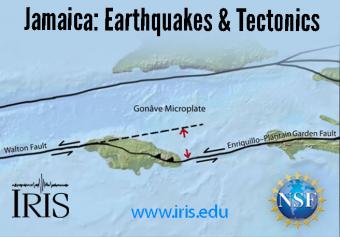
How do the tectonic and geologic processes affect the region?
Jamaica straddles the Caribbean Plate and the Gonâve Microplate, the largest of four microplates that are caught in a crunch between the North American and Caribbean Plates. Jamaica has had a long history of deadly earthquakes; the biggest in 1692 and 1907. The rapid growth of Kingston has prompted Jamaica's Office of Disaster Preparedness and Emergency Management's to actively promote awareness of earthquake hazards and personal protective actions.
CLOSED CAPTIONING: A .srt file is included with the download. Use an appropriate media player to utilize captioning.
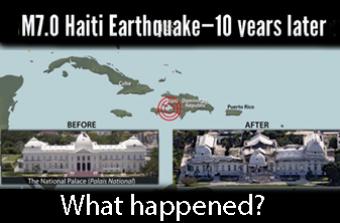
On the tenth anniversary of the January 12, 2010 magnitude 7.0 earthquake in Haiti, it is important to reflect on the plate tectonic context and human impact of that event.
This earthquake was five times more fatal than any historical magnitude 7 earthquake and the fourth most lethal earthquake of any magnitude in the last 100 years.
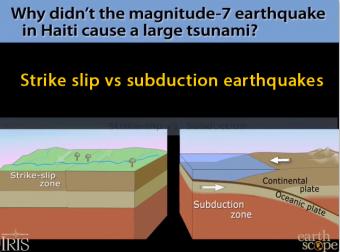
Strike-slips faults like the one that devastated Haiti don't generally cause tsunami, except for small local ripples. The Haiti earthquake was a horizontal motion. Tsunamis are caused by either an uplifting of the ocean floor, or by a huge chunk of land sliding into the ocean. Subduction-zone earthquakes raise the ocean bottom suddenly to push the water in tsunamis.
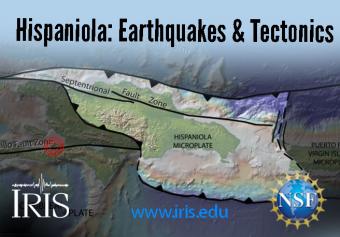
Hispaniola straddles four plates: the Caribbean Plate and the Gonâve, Hispaniola, and North Hispaniola microplates. It is squeezed between the North American and Caribbean Plates. The island, which includes both Haiti and the Dominican Republic, is home to 22 million people.
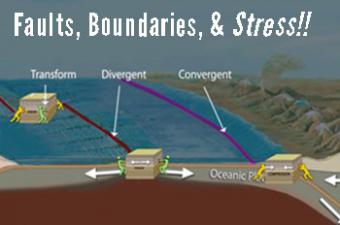
[updated 2021] Earth-science educators, do you ever get asked, "What is stress? Why do faults form in Earth’s crust? or How are faults related to plate boundaries?" This animation describes stress in Earth's outer layer and how it leads to both faults and tectonic plate boundaries.
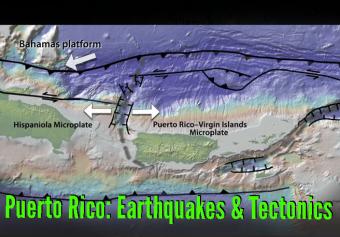
In January 2020, Puerto Rico was rattled for more than three weeks by over 400 earthquakes greater than M3. Before addressing that sequence, this animation will look at the broader tectonic setting and earthquake history.
We encourage the reuse and dissemination of the material on this site as long as attribution is retained. To this end the material on this site, unless otherwise noted, is offered under Creative Commons Attribution (CC BY 4.0) license